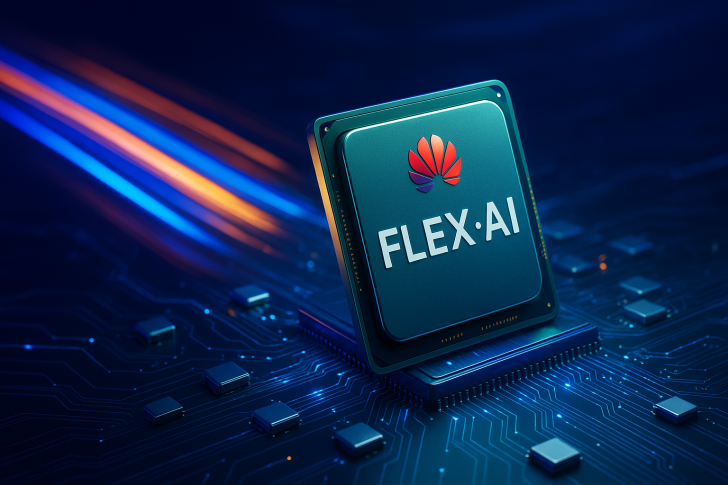⬤ Huawei Technologies just rolled out Flex:ai, a new open-source tool that aims to boost AI processor utilization by around 30 percent. The announcement came at a Shanghai forum and marks another step in the Chinese tech giant's effort to build its own computing infrastructure while US export controls keep advanced Nvidia (NVDA) chips out of reach.

⬤ Flex:ai works on top of the open-source Kubernetes platform and manages GPUs, NPUs, and other accelerators from different chipmakers. The system lets multiple AI workloads run at the same time by splitting a single processor into virtual units as small as 10 percent. This means companies can squeeze more tasks out of the same hardware and cut down on wasted capacity.
⬤ The software includes a scheduler that spots idle processors across a cluster and automatically shifts them to active tasks. Huawei says Flex:ai is meant to help Chinese companies deal with limited access to top-tier US chips by making better use of what they've got. Better software optimization can help make up for hardware shortages and keep domestic AI projects moving forward.
⬤ The Flex:ai launch shows how Huawei is doubling down on strengthening China's AI tech stack despite ongoing geopolitical pressure. By improving chip efficiency and making workload management more flexible, the tool could help Chinese developers stay competitive even without access to the latest semiconductor tech. It's another reminder that software innovation is becoming just as critical as hardware in the AI race.
 Alex Dudov
Alex Dudov

 Alex Dudov
Alex Dudov


